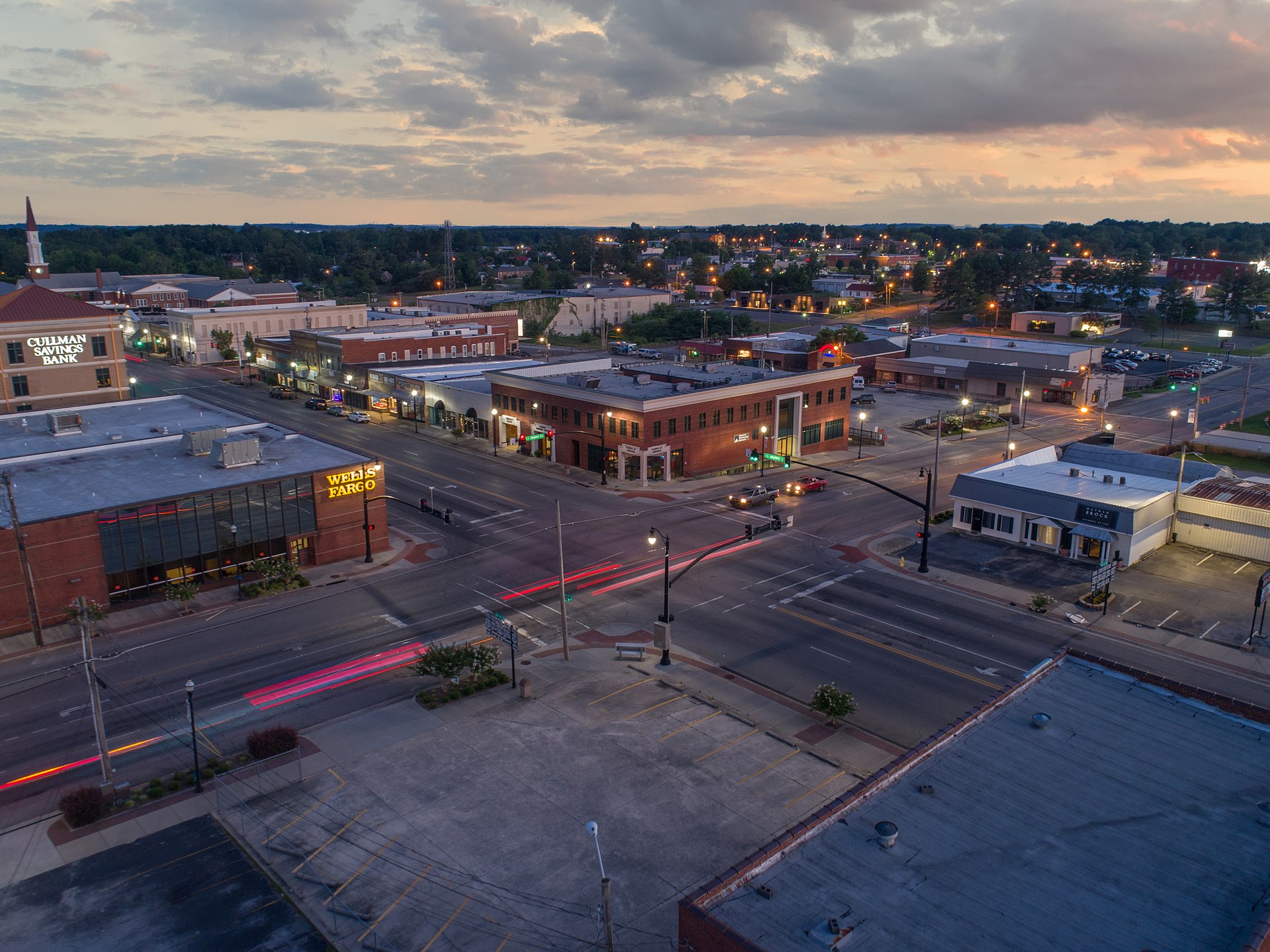Scores of Baby Boomers are shifting closer to retirement age each year, and as this massive generation continues to age, it will undoubtedly have a huge impact on real estate.
With a retiree explosion already underway, some within the real estate industry are already preparing for the demand and changing landscape that is coming.
“The reality, not just in Alabama but across the country of course, is we keep talking about the Boomers and we keep talking about how they’re impacting every segment of the population from healthcare to nursing shortages to even changes in the housing market,” said John Allen, president of Southern Construction and Design in Huntsville. “They will continue to do that primarily because they have the greatest wealth of any generation in American history. That wealth generation and their willingness to spend it is driving a lot of these different markets.”
Allen is a National Association of Home Builders Certified Aging-in-Place (CAPS) designee and is currently helping many in the aging population renovate and retrofit homes, as well as design new construction, to fit their needs.
The idea is to keep these folks in their homes for as long as possible.
“The Boomer population that is aging wants to age in place,” Allen said. “The definition of aging in place is simply future-proofing a home to where the individual can live in that home, age in place in that home, and it’s been proven that anytime you have people who have want to age in their home, they live longer, they know their home and it’s safer versus an institutional environment.”
The number of individuals age 65 and older rose 1.3 million from 2005-2015, according to the book, Big Shifts Ahead: Demographic Clarity for Business, and that number will rise to 4 million by 2022.
This book, and industry experts like Allen agree this will present challenges for the Boomer generation, as well as opportunities for the real estate industry. Building and selling homes that have accessible kitchens, bathrooms, hallways and other areas will be essential for the coming years.
Related Content: Demographic shifts could lead to household, construction boom in the South
“Those features are what I believe our industry needs to understand and start to deliver and the real estate industry really needs to start getting smarter on what that means, because I’m telling you, that is going to sell properties,” Allen said.
According to a recent article by the National Association of Realtors, 80 percent of companies surveyed by NAHB say they are doing aging-in-place projects, a number that has risen 12 percent since 2013.
The five most requested projects are “added lighting/task lighting, curbless showers, grab bars, nonslip floors and widening doorways.”
“Baby Boomers have started to and have cared for their aging parents,” Allen said. “They have seen how much it costs for nursing care and institutional environments. They have seen how a house that is not designed appropriately for aging-in-place, how much money it takes to retrofit a home for accessible bathrooms, accessible kitchens, accessible hallways, doorways. They’ve had an experience dealing with aging parents and those issues. They get it. That knowledge is what they are bringing to what they want to do in their home or the new homes that they purchase.”
Allen said expenses when dealing with senior living facilities can add up quickly, often times north of $60,000 a year.
One key for real estate professionals moving forward is communication and being willing to broach the subject, he said.
“We’ve got to understand in the industry and be willing to talk about the fact that people do age,” Allen said. “People who are aging are more aware of aging-in-place, and they are more aware of the fact that they need to retrofit, renovate and even build new construction projects (for aging in place)…Most people don’t want to start the conversation. They think it’s offensive to tell somebody that they’re going to get old. Part of it is understanding that your clientele knows more about it than you do, and they’re probably more receptive to the conversation about aging in place techniques and features.”





